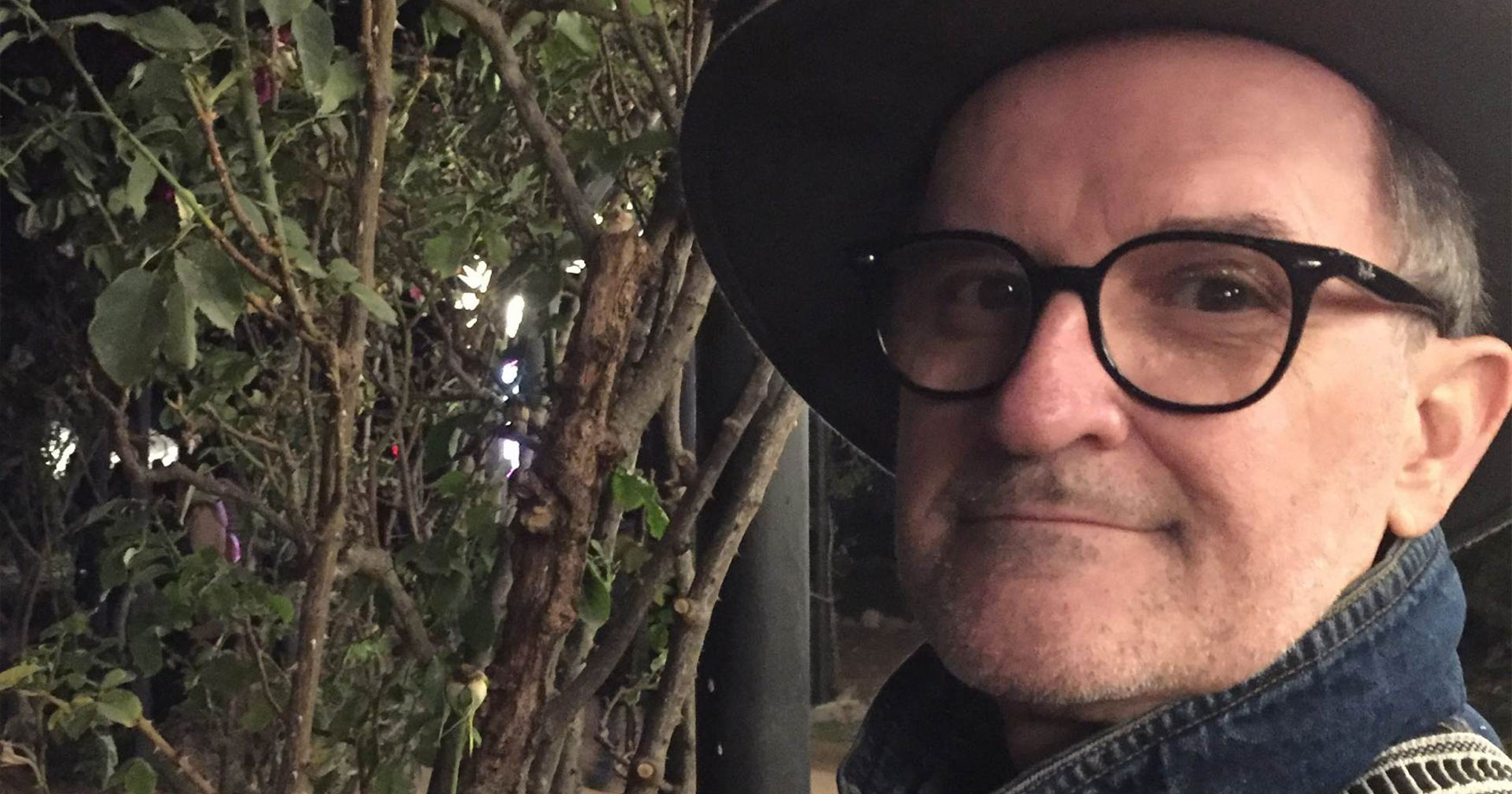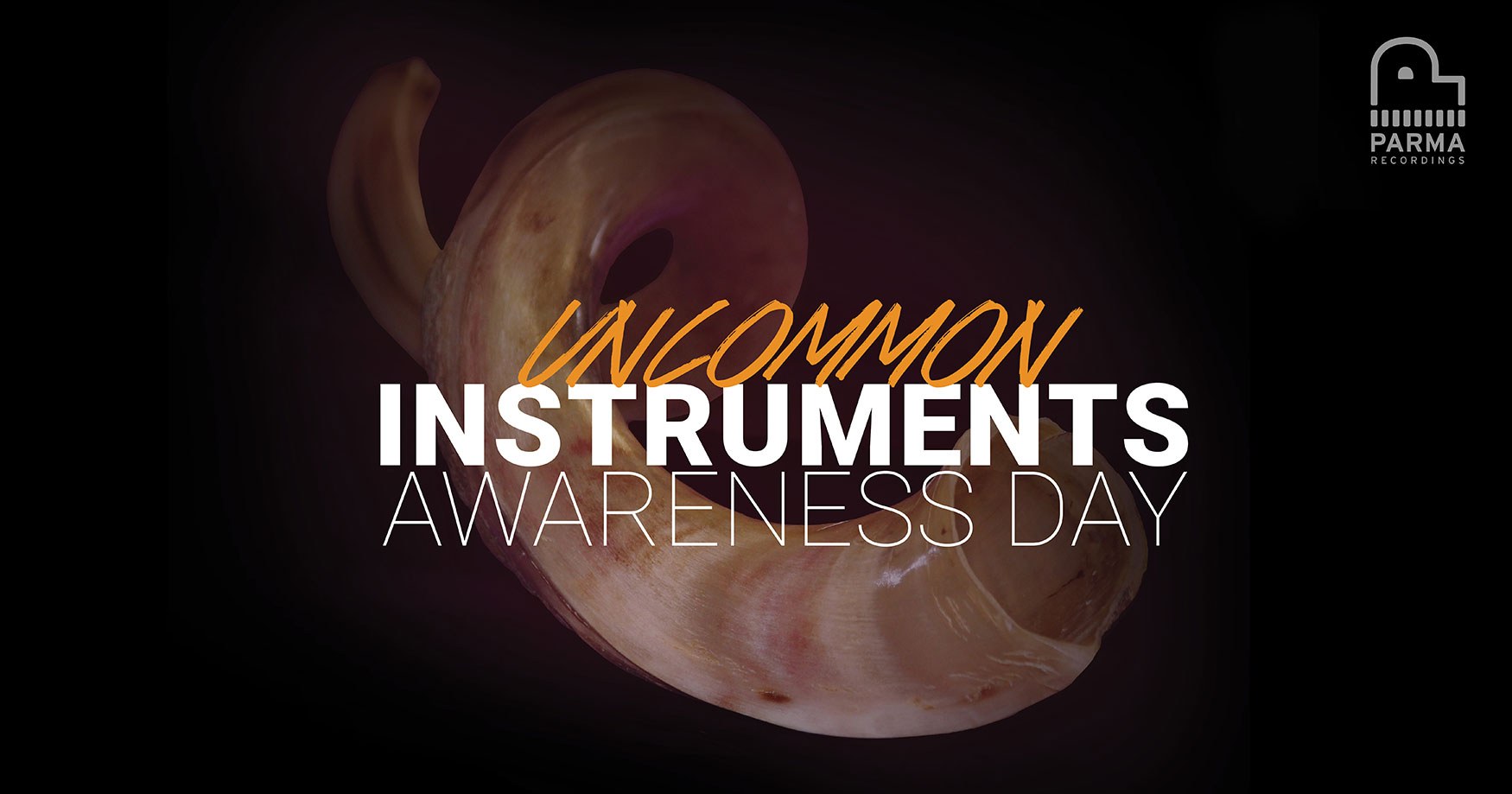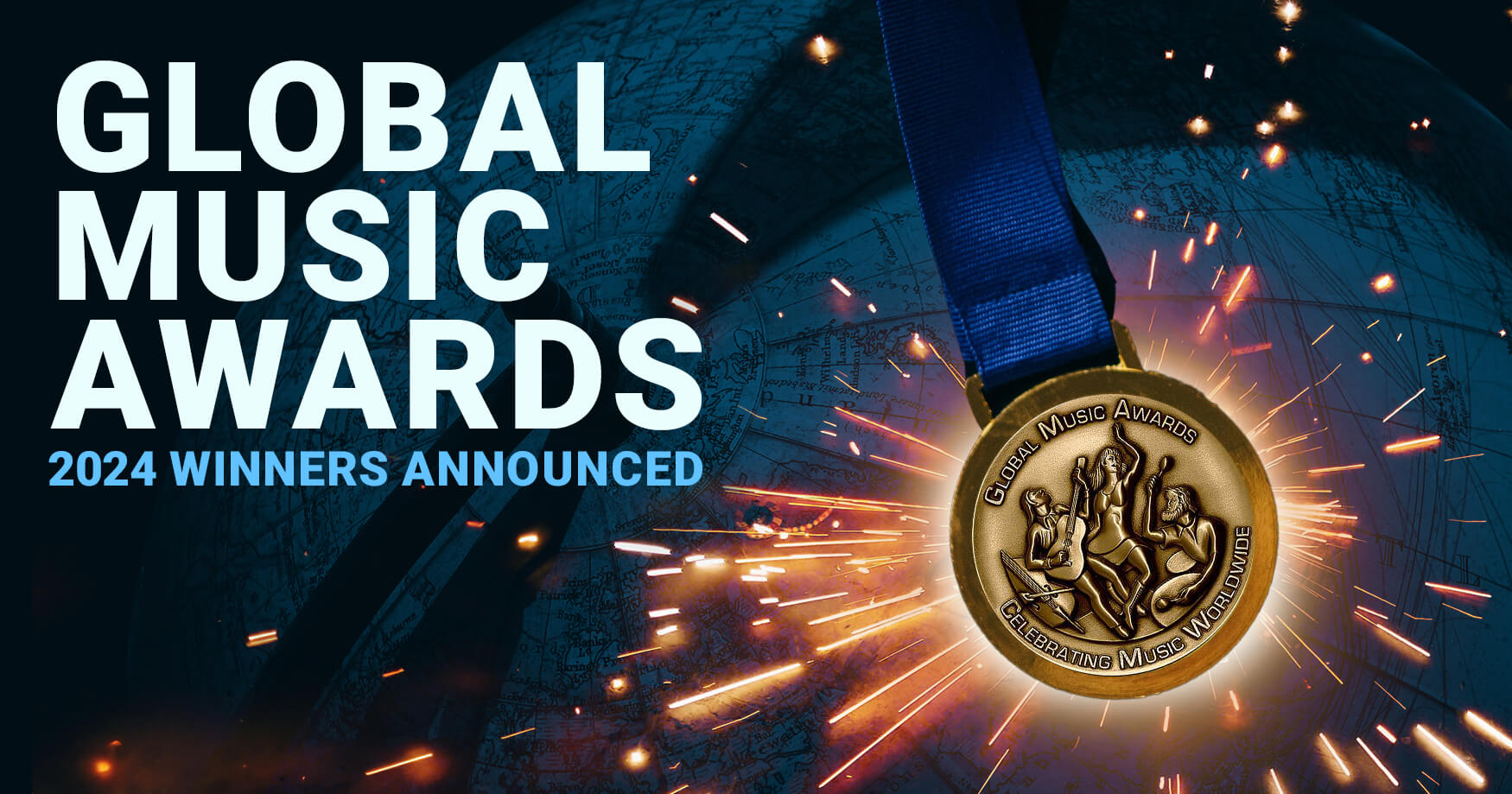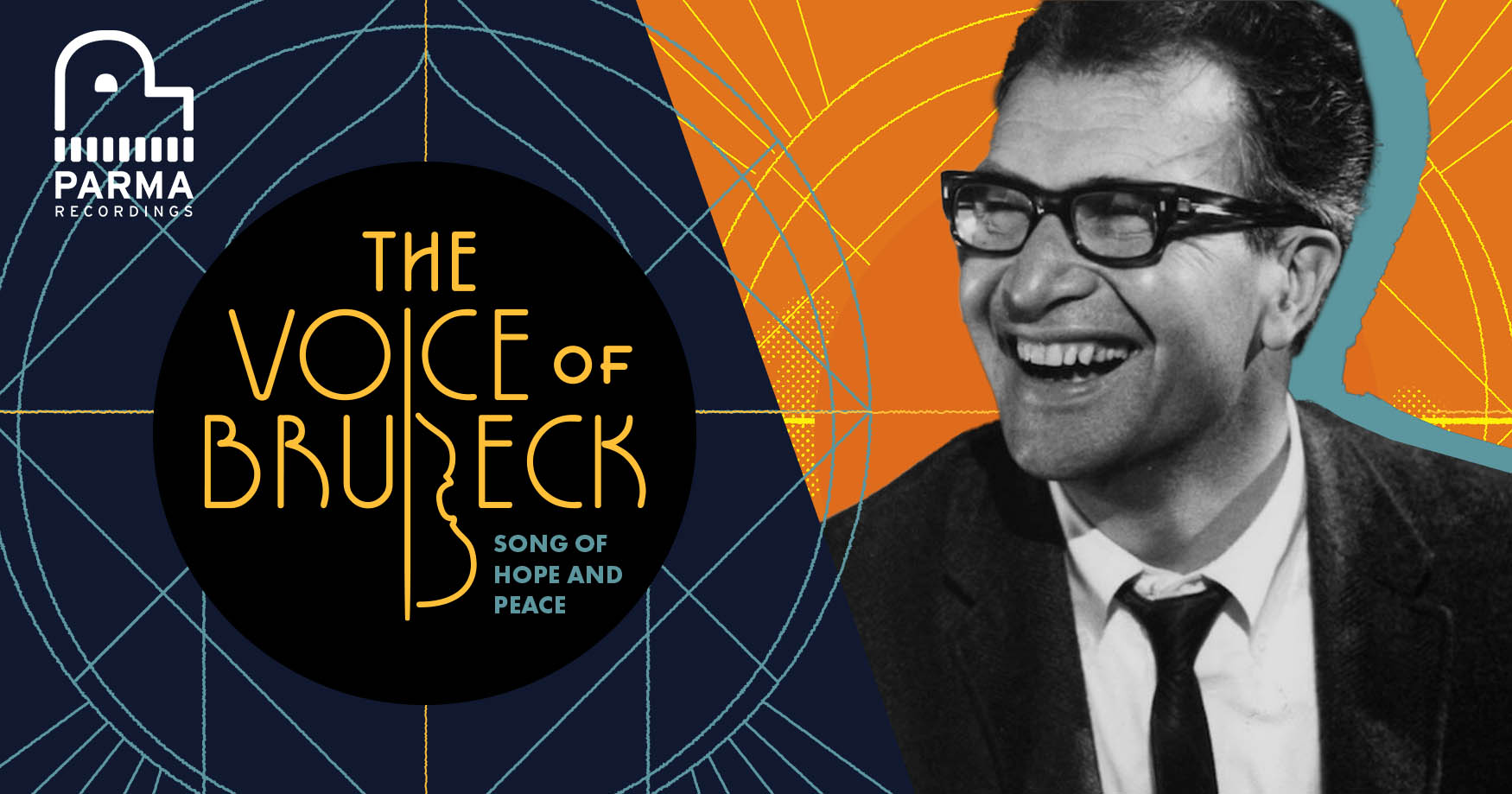Did you know that July 31st is Uncommon Instruments Awareness Day? This week’s unusual holiday reminds instrument lovers to think outside the musical box and try something new. According to sources, Uncommon Instruments Awareness Day “aims to encourage people to not only learn to play uncommon instruments but also to make their own contributions to the world of music by making their own musical instruments.”
Whether they are usually culturally specific, modeled after ancient instruments, or drawn from science and nature, there are thousands of instruments beyond what is generally heard on the radio today – instruments just waiting to be discovered by a wider audience. Today offers a special, and fun, opportunity to discover such instruments. Here at PARMA, we dug back into our catalogs to see what surprising sounds we could offer. What we found were not only uncommon instruments, but instruments used in unexpected settings, and some materials used in the creation of interesting and compelling melodies that might not otherwise have been considered instruments at all.
Tekeeyah
Meira Warshauer
Tekeeyah, a moving symphony from LIVING BREATHING EARTH by composer Meira Warshauer, celebrates both a unique instrument and the faith from which it originated. The shofar, made from a ram’s horn, is used in the Jewish celebrations of Rosh Hashanah and Yom Kippur.
Even though Jews may be familiar with the word and sound of “tekeeyah” within this ritual context with its symbolic purpose to awaken the soul, Warshauer integrates the shofar into her symphonic score beautifully to call humanity out of complacency and compel them to rise to their fullest potential. In this way, Warshauer, who is most inspired by the natural world around her, often draws from sounds that support ecological awareness.
“I remember standing on my front porch when I had a glimmer of an idea for orchestral texture. I was hearing something with lots of inner movement within a slowly progressing structure. As I contemplated further, I noticed the sounds of summer offering an active sound palette with lots of inner movement—cicadas, crickets, birds, even mosquitos!”
Composer Meira Warshauer
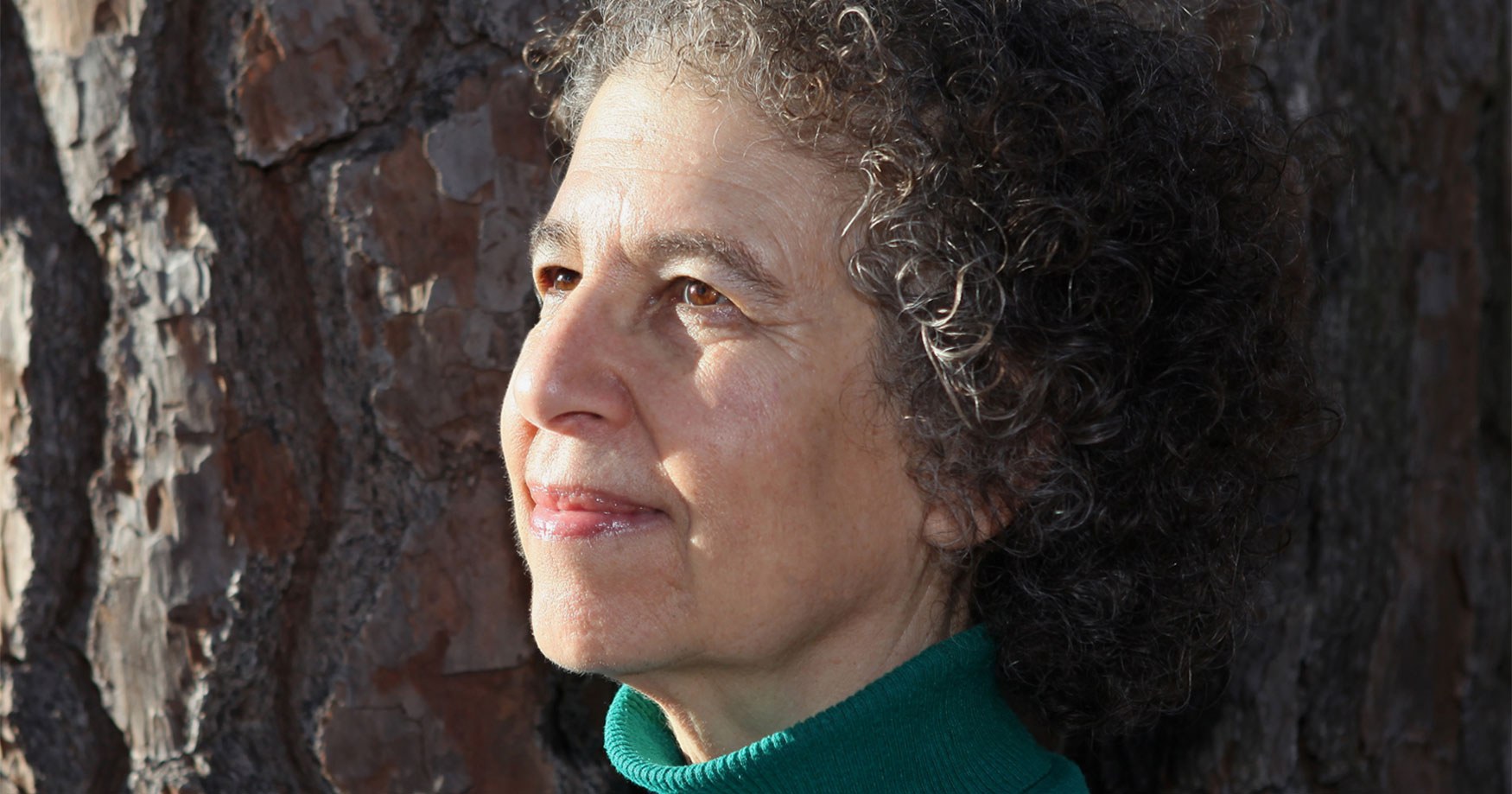
The Inside Story: Meira Warshauer and CORO DEL MUNDO
Threnody and Avian Telemetry
Matthew Burtner
Matthew Burtner, an Alaskan-born composer and sound artist, integrates so much science and ecology into his work that he seldom writes for traditional instrumentation. Jean Ferraca of Public Radio’s Here on Earth says “It is music that draws from both beauty and horror of nature… He calls his music ‘ecoacoustics.’ I say it’s the world song.”
On GLACIER MUSIC, Burtner has created an electroacoustic collection featuring the Alaskan natural landscape as the central instrument. Most of the natural sounds were recorded on Alaskan glaciers, featuring the sounds of snow, trickling streams, and the cracks, pops, and thundering as glaciers break apart and fall.
“I think the compositions innovate in the field of music — for example with the use of snow as an instrument, the techniques of sonification, and the sound casting approach — but I hope this music will mean something outside of the field of music.”
Composer Matthew Burtner
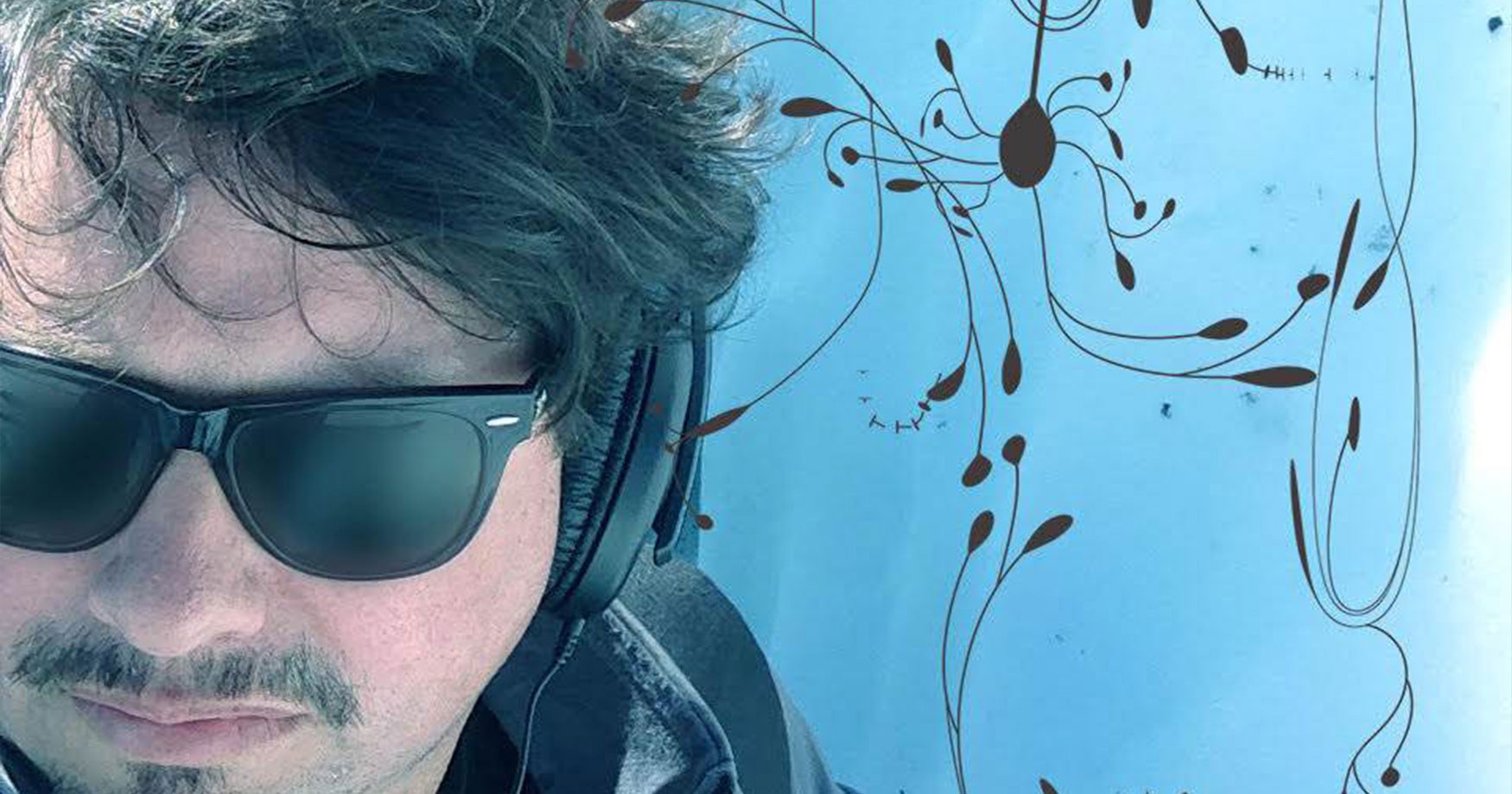
The Inside Story: Matthew Burtner and GLACIER MUSIC
Burtner composed Avian Telemetry for the Furman Percussion Ensemble and the Shi Center for Sustainability as part of a collaboration between scholars in biology, English literature, and percussion, bringing together current research on avian biology, soundscape ecology, romantic-period British poetry, ecoacoustic music, and avant-garde percussion performance. Of course it was bound to utilize more sources than what we traditionally think of as instruments, such as feathers in fan blades.
“The piece uses various forms of measurement procedures and transliteration devices to explore human-nature interaction through a focus on birdsong. These “telemetries” include field recordings, musical transcriptions of environmental sound, sonifications of scientific data about bird habitat and behavior, and readings of romantic poetry employing mimesis of birdsong… the musical composition brings diverse disciplines into counterpoint through live percussion performance on stage, creating an evocative space for the contemplation of avian habitat and conservation through music.”
Composer Matthew Burtner
Hopscotch: The Experiment
David Rosenboom
Hopscotch: The Experiment on DEVIANT RESONANCES from composer David Rosenboom uses human brain waves as an instrument, integrating the internal reactions of audience members into the piece’s performance each time, letting the music change each time it’s heard.
Commissioned as a scene for a non-linear mobile opera, in which multiple contributors generated the final content, the work was performed as one of many individual scenes in Hopscotch which took place inside 24 limousines driving audience members across Los Angeles. In The Experiment, as audience members entered their limo, individual brainwave monitors were affixed to their heads. Patterns among the brain signals of the audience members are used to gauge their collective responses, and the results are translated into an immersive mix of soprano voices singing with different musical qualities representing an agitated state, shifting attention or alertness, and being focused on one’s inner self and disinterested.
A subsequent performance resulted in the recording of this piece for Rosenboom’s album DEVIANT RESONANCES.
“The quest to standardize instruments in electronic music is and has always been less interesting to me than making instruments that evolve, just like the natural world.”
Composer David Rosenboom
